A good graphics card is not only the output of a quality image to the monitor. This, above all, increases the performance of the CPU of the computer in solving tasks related to graphic processing of information. In order to choose the ideal option, it is necessary to take into account a lot of factors - from the manufacturer to the dynamic cooling system. In this article you will learn how to take into account all the nuances and subtleties and choose the video card that your computer needs.
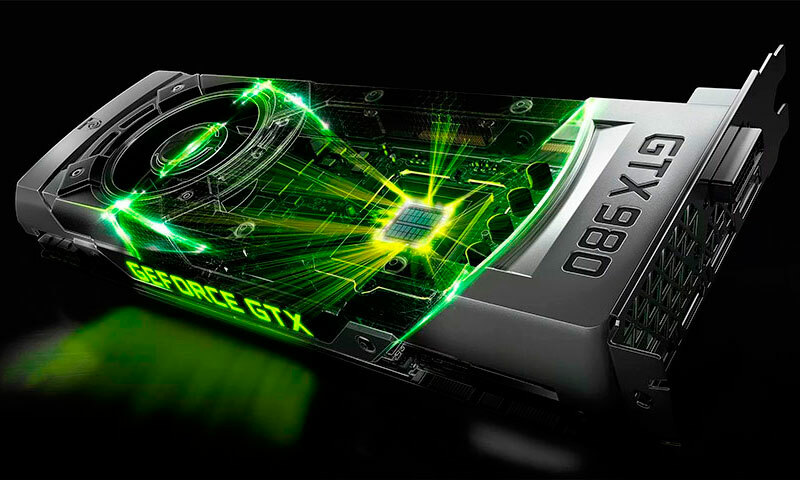
Contents:
- The best manufacturers of video cards
- The principle of operation and the device of video cards
- The types of video cards
- The parameters of the choice of video cards
- Which video card to choose
- How much is the
graphics card The best graphics card manufacturers - which company to choose
The choice of a reliable manufacturer is one of the main factors of purchasing a quality product. Popular video card manufacturers have been competing for more than 20 years and are trying to present the most advanced and powerful models on the market.
The best manufacturers are considered to be:
- NVidia;
- AMD;
- Asus;
- Intel;
- Msi( Microstar);
- Palit.
Each video card has its own principle of operation, a special device, various characteristics. They need to be considered in order to choose a model that will suit a particular computer. Therefore, in order to make the right choice it is necessary to listen to the opinion of experts and to study all the features, technical characteristics, price offers in the market of computer equipment.
- See also: rating of the best video cards
The principle of operation and the device of video cards
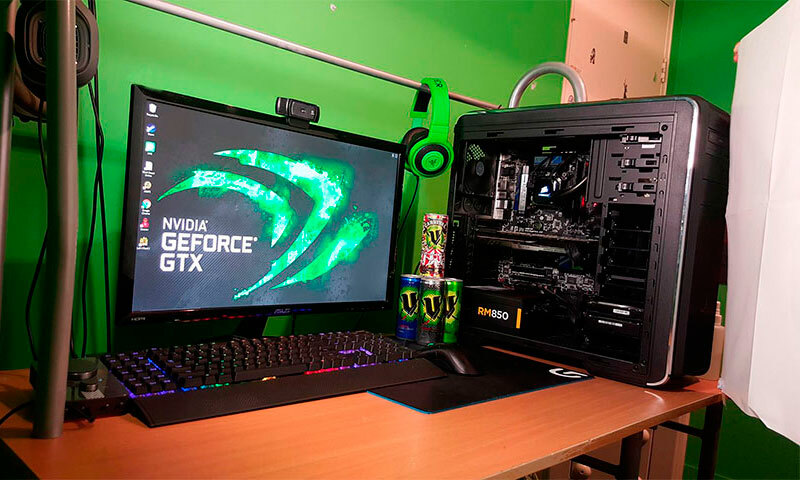
The videocard is responsible for the formation, transmission, output and quality of the image on the monitor. Therefore, imagine a computer or laptop without it is simply impossible, although it is technically and without it the processor will work stably. However, no matter how powerful the computer was, if there is no information on the monitor, it will be absolutely useless.
The video card consists of a standard set of devices:
1. Graphics processor. One of the central components, which is responsible for the calculations when the image is displayed on the screen without the participation of the central processor. It consists of a large number of transistors, ensuring its high performance.
2. Video controller. It is designed to form an image in the video memory device, transfer information to the monitor, and process requests between the user and the central processor. To provide the possibility of connecting multiple monitors simultaneously, modern video card types are equipped with several video controllers.
3. Video memory. An original repository of information that comes from the graphical process. The larger the amount of video memory, the more graphic information can be stored in it at the time the computer is running.
4. Connectors are the communication devices between the monitor and the computer. The number of monitors that can be connected to the video card depends on the number of video outputs. Necessary are the connectors of power and cooling systems.
The process of transferring information to and from the monitor consists of several steps:
1. All data is processed using the binary code in the central processor of the computer;
2. The processed information is redirected to the graphics processor via a data bus;
3. In the GPU, the information is processed and sent to the video memory using a video controller;
4. In the video memory storage, a prototype of the future image is created, which is transferred to the converter;
5. The digital to analog converter is responsible for the process of transferring data from binary code to an analog signal;
6. The processed information is available in a user-friendly form on the monitor screen.
This rather complicated process is performed in thousandths of a second. The speed of conversion and output of information directly depends on the type of video card.
Types of video cards
Built-in
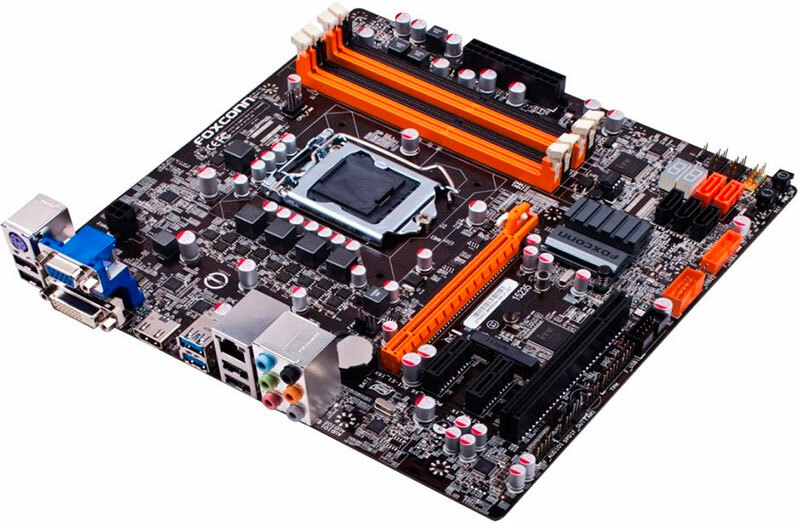
This type of video card is also called integrated. The main difference is that they are built into the motherboard during its production. For the integrated video card to work, the central processor and the computer's RAM are used.
Advantages:
- Affordable price;
- Low power consumption;
- Ensure the operation of most programs and applications.
Disadvantages:
- Low speed of task processing;
- Additional load on RAM, CPU;
- Impossibility to work with complex programs, powerful games.
Many computer manufacturers use such video cards to equip inexpensive computers and laptops. Built-in video cards allow to solve the basic circle of tasks of the user - work with office applications, view movies and images, and edit them.
Discrete
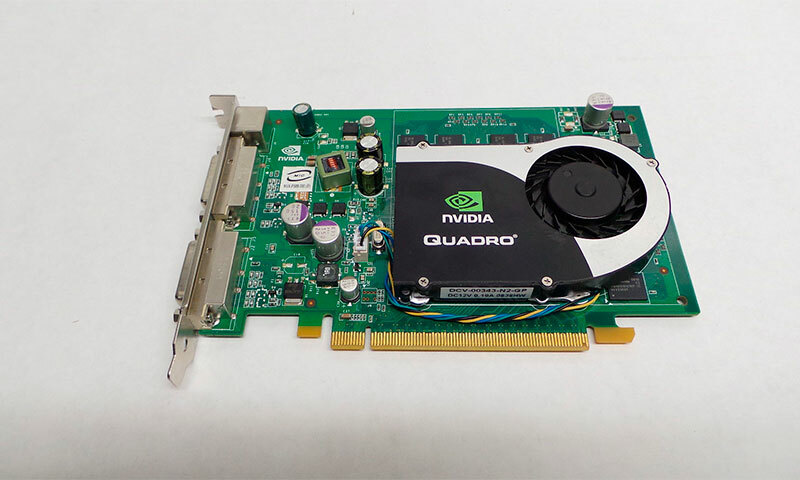
Such video cards do not use the internal resources of the computer, because they are equipped with their own graphics processor and video memory.
Advantages:
- High performance;
- High speed of processing user tasks;
- Ability to work with complex and powerful software.
Disadvantages:
- High cost;
- High power consumption.
Such video cards are mainly used in gaming computers or in computers designed to work with graphics programs for processing, editing images and video.
Hybrid

Represents a symbiosis of embedded and discrete video adapters. This option is suitable for laptops and personal computers.
Advantages:
- Possibility to use different adapters when solving different tasks;
- High performance;
- Automatically switch between cards.
Disadvantages:
- High cost.
Hybrid graphics cards allow you to work with any software. For simple applications, an integrated module is used, more powerful programs include a graphics accelerator and connect a discrete graphics card.
Parameters of choosing video cards

Before you buy a video card you need to study its technical characteristics:
1. Memory. Own video memory device has a certain amount, which is measured in megabytes. The amount of memory depends on the performance and speed of the system.
2. The bus width determines the size of the transmitted information, measured in bits.
3. The core frequency is measured in megahertz. High frequency rates directly affect the processing speed of information in a graphic editor.
4. Connectors( terminals) - must correspond to the connectors on the motherboard.
5. The resolution affects the size of the image that is displayed on the monitor.
6. Cooling system. The high performance of the video card affects the temperature of the device. It's video adapters that heat most and require a good cooling system.
It is also necessary to pay attention to:
- Compatibility of video card and motherboard, the ability to support the same type of technology to avoid conflicts in the software;
- Type of equipment - for computers and laptops, various adapters are provided;
- Year of construction. As a rule, more modern models are equipped with the necessary outputs that fit most motherboards.
Answers to the question about the technical characteristics and other parameters of the chosen model of the video card can be obtained by studying the information on the package, in the price list or from the store's consultant.
Many pricelists specify abbreviated data that you need to be able to decipher. Let's say a video card with the following markings is chosen: SVGA PCI-E 512Mb Radeon 500( DDR3 128bit, VGA) AMD.
The decoding will be as follows:
1. Manufacturer-AMD;
2. Model - Radeon 500;
3. The amount of memory is 512Mb;
4. Memory type - DDR3;
5. The width of the bus is 128bit;
6. Connector - PCI-E;
7. Connectors - VGA.
Similar decoding can be done for any model of video card.
Which video card to choose
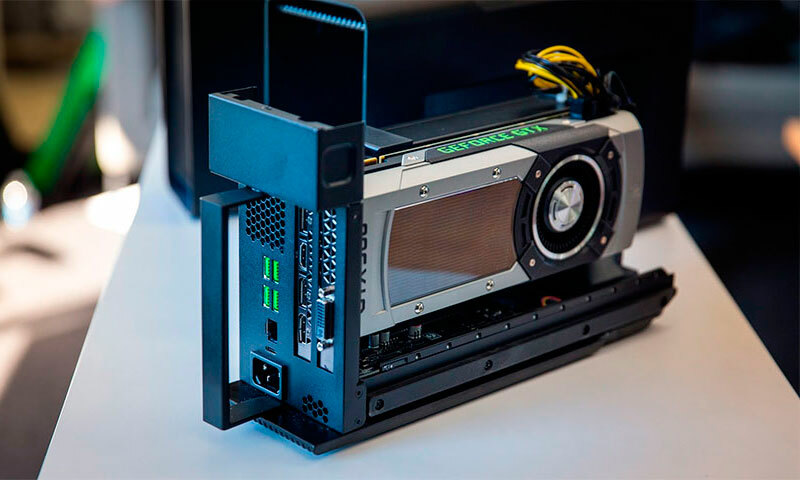
Knowing the technical specifications and parameters, you can choose exactly the video card that the computer needs.
Please listen to some expert recommendations:
1. Each device has its own validity period, it takes 2-3 years for video cards. Therefore, when choosing an adapter, it is worth giving preference to the latest developments, which will be relevant during this time.
2. Large amount of memory is not a decisive indicator of the high performance of the video card. Maximum performance provides a large amount of memory in conjunction with a large number of bits of the width of the memory bus.
3. Do not forget about the purpose of the computer. To work with ordinary office applications, enough memory capacity 512Mb, more powerful programs and games will require at least 1024Mb.
4. Note the monitor settings. The larger the screen, the greater the resolution of the video card. Most modern models support resolution for large monitors( approximately 1920x1080).
5. In the price list of any model the conclusions are necessarily indicated. For analog images and old monitors VGA is designed, for LCD monitors and projectors are developed DVI, the most modern are HDMI.DP also refers to current findings. It is designed specifically for digital displays.
6. Powerful graphics card requires the same powerful processor. Otherwise, money will be wasted and its normal functioning will not be.
7. Special attention should be paid to the efficiency of the cooling system. It depends on it and the noise level when the computer is working, and the degree of card heating. Preference should be given to custom versions that are equipped with an alternative cooling system.
8. Despite all the advantages of modern graphics cards, you should not chase the top-end supermodel models. The prices for them will be quite high, and many functions may simply not be useful. Several monitors connected at the same time are not needed by all.
How much is the

1. The average cost of budget options ranges from 1500 to 4000 rubles. For this money, you can buy a video card for working with office programs, watching movies, simple games.
2. More powerful video cards will cost from 5000 to 10 000 rubles. With their help you can work in programs for editing images and video.
3. The most powerful models will cost from 15 000 rubles and above. With such video cards you can easily play in fairly realistic games, connect to your home theater, perform the full range of works with any software.
4. These "giants" in terms of capacity and performance achieve a cost of about 400,000 rubles. These models are designed exclusively for games.



